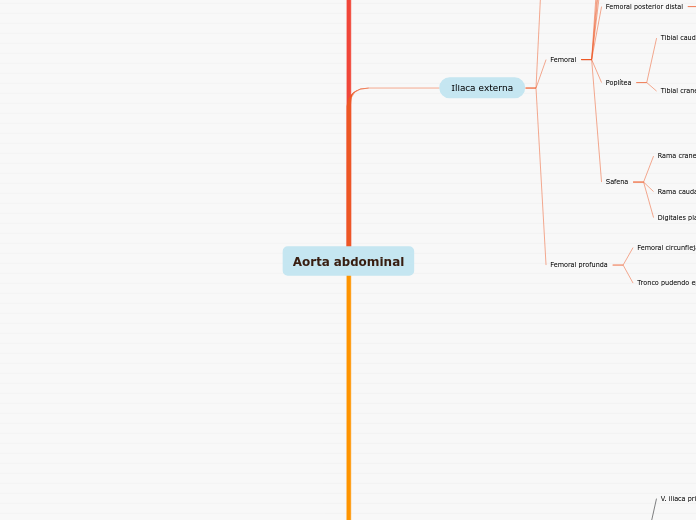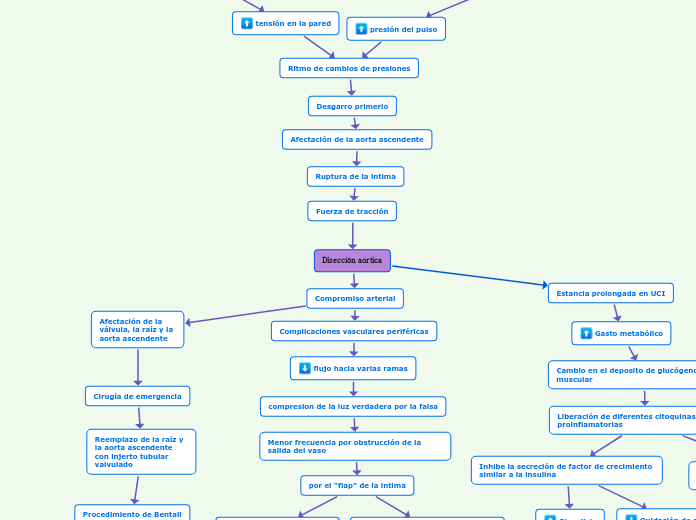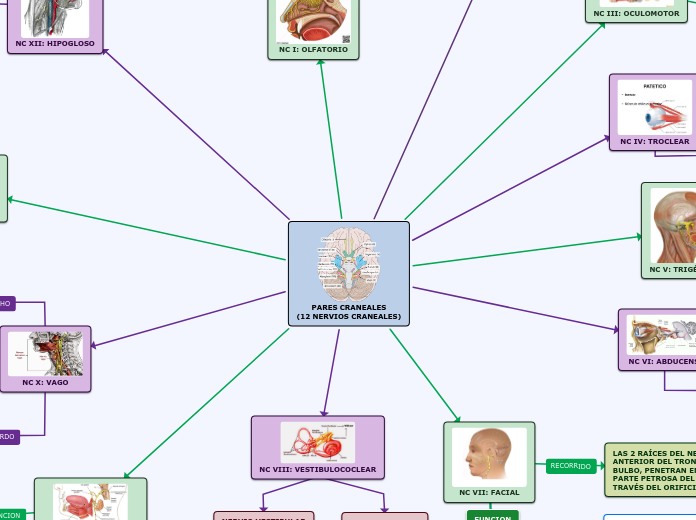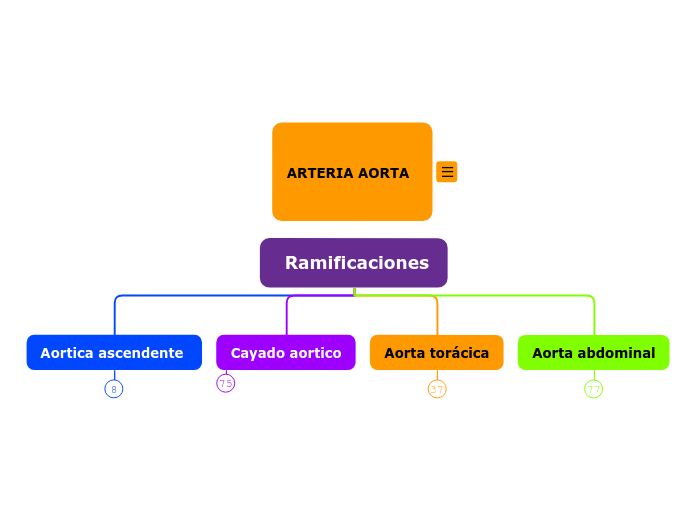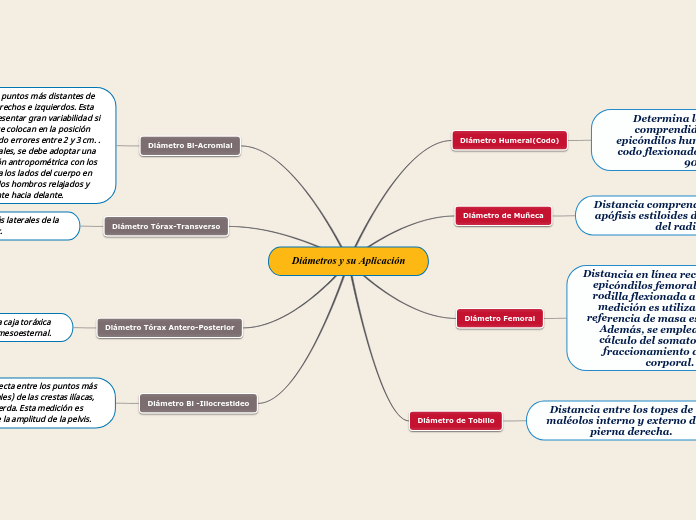VENAS DIGITALES
PLANTARES PROPIAS
AXILES Y ABAXILES
DE CADA DEDO
SUPERFICIE
DORSAL
Aorta abdominal
To name your story, you have to think about the overall message and what you want your audience to understand from the story. Also, make it relevant and easy to remember.
circulación de retorno
V.cava caudal
V. iliaca primitiva interna
pudenda interna
V. glútea craneal
V. caudal lateral
V. glutea caudal
viene de inervar: perine,
semiitendinoso y semimembranoso
V. sacra media
V. coxigeas
V. iliaca primitiva externa
tronco pudendo epigastrico
femoral circunfleja media
vena femoral profunda
vena femorsal
V. genicular descendente
V.proximal
V.media
V. distal
v. posterior
v. poplitea
V. tibial caudal
viene
desde
venas digitales dorsales
propias de cada dedo
V. safena medial
V. tibial craneal
v. safena
lateral
vena perforante
proximal
arco venoso
plantar proximal
V. metatarsianas
plantares 2,3 y 4
arco
plantar
venoso distal
Iliaca externa
The middle of the story is where you add layers of complications that will lead to the end. Reveal more about the character's journey. Did their personality go through changes? How did they overcome the challenges? And as you build up the story’s central conflict, make it more personal to that character. Also, from the middle act, you have to lead into the final act.
Femoral profunda
There wouldn't be any tension and excitement in your story if there weren't any obstacles in your character's way.
Tronco pudendo epigástrico
A story is nothing more than a character overcoming a series of difficulties to reach the desired goal. Obstacles usually create suspense and conflict. In overcoming obstacles, there is growth: weak becomes strong; hatred turns into love; sadness into happiness; wrong into right; lies into truth; or evil becomes good.
See a few examples below:
- stopping a meteor
- finding a killer
- finding love
Pudenda externa
This is the closure section of the story.
See examples of possible outcomes below:
- all problems have been solved
- it's clear how each one of your characters ends up
- your main character is transformed by the challenge
Irriga escroto o glándula mamaria
Epigástrica caudal
Irriga piso de la pared abdominal
Femoral circunfleja media
The ending of a story is essential. We all know that if the ending is weak, what happened before loses its importance. So make it unpredictable, but fair. A resolved ending answers all the questions and ties up any loose threads from the plot.
Irriga gracilis, peptinio, sartorio, semimembranoso
Rama obturadora
Irriga músculos obturadores
Femoral
Your character(s) need(s) motivation in order to solve the challenge(s).
Safena
Digitales plantares comunes 2,3 y 4
Type in any other challenges which other characters in the story need to face.
Plantar medial
Arco plantar profundo proximal
Arco plantar superficial
Metatarsianas plantares 2,3 y 4
Plantar lateral
Rama craneal
Digital dorsal propia abaxil 5
Digitales comunes dorsales 2,3 y 4
Digitales dorsales propias
Poplítea
Secondary characters might also have motives that lead them to cross paths with the main character or which might trigger them to help the main character.
Tibial craneal
Rama superficial
Rama profunda
Irriga tarso y dedos
Pedal dorsal
Sensory details include sight, sound, touch, smell, and taste. These details are important because they create depth in your setting.
See a few examples below:
- the smell of fresh bread
- the scent of freshly cut grass
- rain falling onto the windshield etc.
Perforante proximal
Arqueada
Metatarsianas dorsales 2, 3 y 4
Irriga extensores
Tibial caudal
Femoral posterior distal
Rama ascendente
In most stories, there are 3 challenges. The number 3 is a mystical number symbolizing completeness. Try to come up with interesting challenges with which your character needs to struggle.
See a few examples below:
- turns into a werewolf at night
- is sent back in time
Irriga bíceps femoral, semimembranoso, semitendinoso
Rama descendente
Does your story include catastrophic weather? See a few suggestions below or add your own:
- hurricane, earthquake, storm, etc
Irriga flexores
Femoral posterior proximal
Try answering these questions to come up with a closure:
- Have all the problems been solved?
- Is there a clear picture of what happens with each character in the story?
- Has the challenge transformed your main character?
- How do the characters feel in the end?
Irriga gracilis, sartorio, semimembranoso, semitendinoso
Genicular descendente
Irriga rodilla
Femoral posterior media
Why does your character need to confront this challenge? What does he/she expect to accomplish by solving it?
See a few examples:
- will marry in 3 days
- can fix the mistakes of the past
Irriga músculos caudales del muslo
Femoral circunfleja lateral
This is the moment when the main character surpasses the last obstacle and finally faces their greatest challenge.
The climax usually follows one of these patterns:
- realization
- resolution
- choice
Type in your answer.
Rama caudal
Irriga bíceps femoral, semitendinoso, semimembranoso
Rama que irriga el cuádriceps femoral
Iliaca circunfleja profunda
Each story has a main character and that character usually needs to solve a problem or challenge. The character's challenge is the one that creates tension throughout the story.
Irriga pared abdominal
Iliaca interna
In the beginning of the story (or the exposition), you will need to introduce the setting and characters. You might also want to introduce the main conflict. This part of the story is important because it gives the reader necessary background information and maybe even a first insight into a character’s personality.
Glútea craneal
Characters are essential to a good story. Usually, the protagonist(s) is/are the most affected by the plot. Introduce a character by focusing on their actions, interests, and occupation, as the physical appearance doesn't make a difference in most cases.
Glútea caudal
Type in the name of your character.
Irriga bíceps femoral, semitendinoso, semimembranoso, ano, recto, región del periné
Caudal lateral
Choose the type of your chacter:
Protagonist (main character)Antagonist (main character's opponent)Flat (stereotypical character)Round (his/ her personality develops throughout the story)Static (doesn't evolve as a person throughout the story)Dynamic (dramatical change in personality)Confidant (the main character trusts him/ her)Foil (contrasting character who enhances the personality of another character)Other
Irriga glúteos, bíceps femoral, semitendinoso, semimembranoso
Iliolumbar
Your story can take place wherever your imagination will take you to.
For example: in an elevator, in an enchanted forest, etc. Don't forget to give details of the environment each time the setting changes, otherwise, the story can be confusing. Also, mention the seasons as each of them has unique weather and events.
Irriga iliopsoas, glúteos
Pudenda interna
The weather is an important element in your story because it can highly influence the ambiance and the mood of the characters.
Rama para el recto, ano, vulva, ano
The most affected character is the main character. Write down here if he/she is affected by these weather conditions in any way. For example, if they lost a family member or their home during a hurricane, etc.
Rama prostática o vaginal
Decide if you want to include an element of nature in your story. For example, a rainbow can be a very nice choice for a happy ending. The mist in a story can represent mystery and secrets. A thunder can appear in the background at the moment when the 'bad guy' of the story makes its appearance, etc.
Irriga próstata , vagina, glándulas accesorias
Sacra media
The setting (time & place) of a story can change throughout the plot.
Ramas coccígeas
The time of the story can also change. It can describe the event of a single day or can include an entire year's plot. Anyway, don't forget to mention it.
Irriga cola
